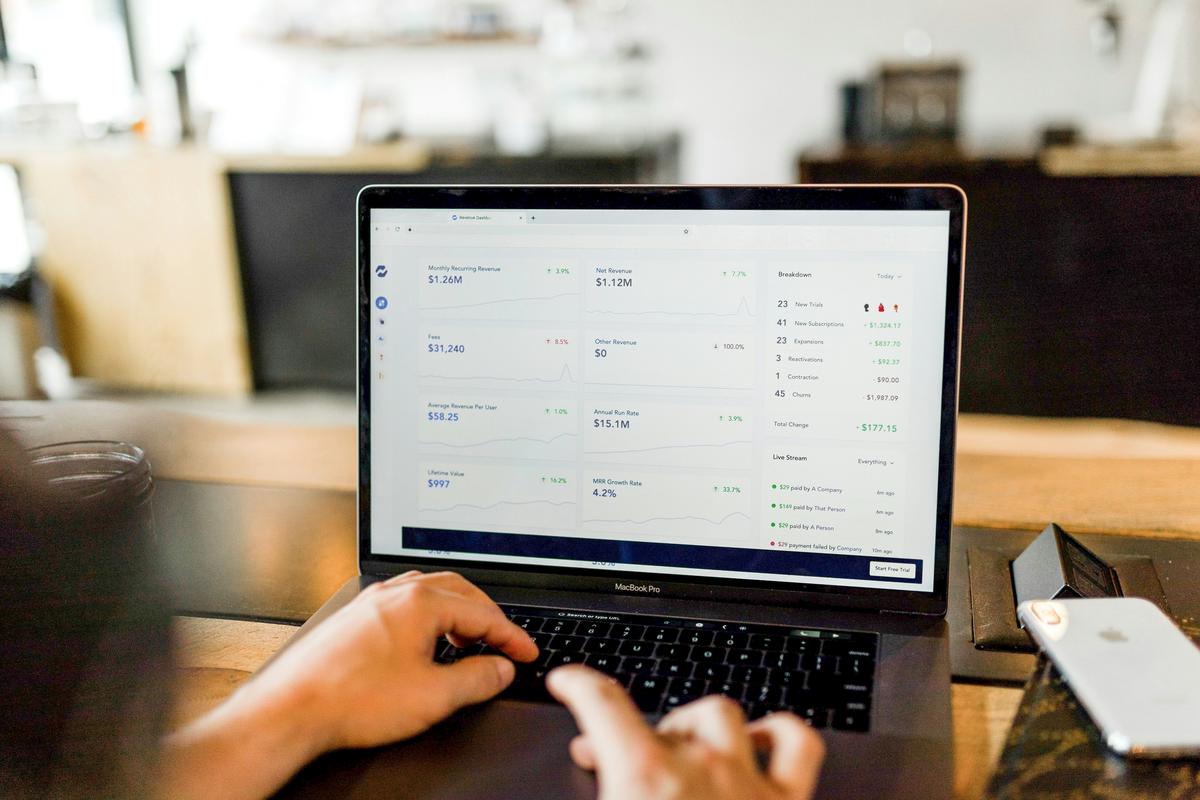Boost Your Business with These LinkedIn B2B Marketing Strategies.
Creating a LinkedIn company page that stands out is crucial for attracting potential clients and establishing your business’s authority. By focusing on key elements such as a concise summary line, an informative ‘About Us’ section, high-quality images, and strategic keyword placement, you can significantly enhance your page’s effectiveness. Additionally, maintaining consistency in messaging and visuals across the platform will help build credibility and drive engagement.
Optimizing Your Company Page
Summary Line and Keywords
Begin with a concise summary line that clearly describes what your business does. Include relevant keywords to improve discoverability. These keywords should align with what your target audience might search for.
Crafting the ‘About Us’ Section
Your ‘About Us’ section should expand on the summary line. Describe your company’s mission, services or products, and unique selling points. Use clear, direct language and avoid overused phrases and jargon.
Adding High-Quality Images
Use high-resolution images for your profile picture (company logo) and cover photo. Choose a cover image that reflects your brand’s identity and values.
Effective Usage of Keywords
Strategically place keywords throughout your LinkedIn page, including in your description, specialties, and company updates. Consider phrases that potential clients might use when searching for services you offer.
Additional Tips
- Maintain consistency in messaging and visuals across your LinkedIn page.
- Use bullet points for easy readability, particularly when listing services or company milestones.
- Regularly update your page with company news, achievements, and blog posts to keep it fresh and engaging.
Targeted Content Marketing
Creating and sharing valuable content on LinkedIn is a powerful strategy for engaging your target audience and establishing your brand as an industry leader.
Thought Leadership
Share insightful content that addresses the pain points and interests of your target audience. Regularly publish articles that offer solutions, share case studies, or provide detailed analyses of industry trends.
Using LinkedIn Pulse for Long-Form Content
Utilize LinkedIn Pulse to publish in-depth articles. Use compelling headlines, structure your content with subheadings and bullet points, and include visuals for enhanced readability.
Leverage Various Media Types
Diversify your content types to boost engagement:
- Videos: Create short, informative videos about your products, client testimonials, or expert interviews.
- SlideShare Presentations: Share visually appealing presentations to summarize whitepapers, research findings, or offer step-by-step guides.
Optimize your posts with relevant keywords and hashtags to improve discoverability.
Consistency and Frequency
Maintain a regular posting schedule to keep your audience engaged. Choose a frequency that you can sustain consistently, whether it’s weekly blog entries, monthly newsletters, or quarterly whitepapers.

Building Relationships and Networking
Utilize LinkedIn Groups for Engagement
Join relevant groups within your industry and actively participate in discussions. Share your expertise by commenting on threads and posting insightful content or questions.
Sending Personalized Messages
When reaching out to potential connections, customize your messages to show genuine interest in the recipient’s work. Reference specific achievements or relevant discussion points that prompted your outreach.
Leveraging Community Features like LinkedIn Events
- Host your own events such as webinars or virtual panels on topics where your company holds expertise.
- Actively participate in events hosted by others by asking questions and sharing insights.
- Follow up with participants or new connections after events to nurture relationships.
Building Meaningful Connections
Regularly engage with your network by liking, commenting on, and sharing their posts. Celebrate their achievements and offer help or advice where you can.
Engaging with Influencers and Thought Leaders
Connect with industry influencers by engaging with their content. Consider collaborating on content pieces or inviting them to speak at your LinkedIn Events to enhance your credibility and expand your reach.
LinkedIn Advertising Strategies
Sponsored Content
Promote updates directly in the LinkedIn feed of targeted users. Use high-quality visuals and compelling headlines. Leverage LinkedIn’s targeting options to reach specific audiences based on job title, industry, and seniority.
Sponsored InMail
Deliver personalized messages directly to the LinkedIn inbox of your target audience. Customize your message to address the recipient’s specific needs or pain points. Include a clear call-to-action (CTA) that encourages the desired action.
Dynamic Ads
Create personalized advertisements using LinkedIn profile data. These ads can incorporate the user’s profile picture and name, making the content more engaging and attention-grabbing.
LinkedIn’s Campaign Manager
Use LinkedIn’s Campaign Manager to monitor the performance of your ads, track key metrics, and make data-driven decisions to optimize your campaigns. Regularly review campaign data and consider split testing different ad creatives and messages.
To maximize the impact of your LinkedIn advertising:
- Ensure ads are visually appealing and personalized.
- Address the needs and interests of your target audience.
- Use precise targeting to reach the most relevant users.
- Continuously monitor and optimize campaigns based on performance data.

Analytics and Measuring Results
Assessing the impact of your LinkedIn marketing efforts is essential for refining strategies and achieving better outcomes. LinkedIn’s analytics tools offer comprehensive insights into content performance, helping you make data-driven decisions to enhance future campaigns.
Begin by establishing key metrics that align with your marketing objectives, such as increasing brand awareness, driving website traffic, or generating leads. Important LinkedIn metrics to monitor include:
- Engagement Rates: These rates indicate how well your content resonates with your audience, encompassing likes, comments, shares, and clicks on posts or ads. High engagement suggests relevant and captivating content. For example, if a post about a recent webinar receives numerous comments and shares, it indicates strong interest in the topic.
- Click-Through Rate (CTR): CTR measures the percentage of people who click on your ad or post relative to total impressions. A high CTR indicates compelling content and effective calls-to-action (CTAs). To improve CTR, create enticing headlines and clear, visible CTAs.
- Conversion Rates: These rates track the percentage of users who complete desired actions, like filling out forms, downloading whitepapers, or registering for events, after interacting with your content. High conversion rates suggest optimized landing pages and follow-up actions. For instance, if Sponsored Content promoting a free trial converts many viewers into trial users, it indicates an effective offer and landing page.
- Impressions: Impressions represent the number of times your content is displayed. While they don’t directly indicate engagement, impressions provide insight into your content’s reach.
Audience Insights
Understanding your audience is crucial for creating content that addresses their interests and needs. LinkedIn’s analytics tools provide detailed demographics of your audience, including job titles, industries, seniority levels, and locations. This information helps refine your targeting to attract relevant and engaged followers.
Tracking Engagement with Updates
LinkedIn’s analytics dashboard offers detailed data on update performance, including likes, shares, comments, and click-through rates. Analyzing these metrics helps identify content types that resonate most with your audience. If infographics and videos consistently receive higher engagement, consider incorporating more of these formats into your strategy.
Sponsored Content Performance
For paid campaigns, LinkedIn’s Campaign Manager provides detailed performance metrics. Monitor the effectiveness of Sponsored Content, Dynamic Ads, and Sponsored InMail by tracking CTR, conversions, and cost per conversion. Use these insights to adjust targeting, messaging, and budgeting for future campaigns.
Split Testing and Refinement
A/B testing is valuable for optimizing LinkedIn campaigns. Test different versions of ads or posts to determine which performs better. This could involve variations in headlines, images, CTAs, or targeting parameters. For example, test whether a CTA emphasizing urgency (“Limited time offer”) outperforms one highlighting benefits (“Learn how to boost your sales”). Apply results to refine content and targeting strategies.
“Regular analysis and strategy refinement based on these metrics ensure continuous improvement in your LinkedIn B2B marketing efforts.”
Competitor Analysis
LinkedIn allows performance benchmarking against competitors. The Followers page in your analytics dashboard compares your follower growth, engagement, and activity to similar companies. This analysis provides insights into industry standards and areas for improvement.
Review and Iterate
Regularly reviewing analytics data is crucial for ongoing optimization. Establish a routine for analyzing performance metrics, such as weekly or monthly reviews. Use insights to refine your strategies. If certain content types or campaigns consistently perform well, allocate more resources to these areas. For underperforming efforts, investigate potential issues and explore new approaches.
By utilizing LinkedIn’s analytics tools, you can gain a comprehensive understanding of your marketing performance. Tracking key metrics helps evaluate content effectiveness, while audience insights enable message customization to resonate with target demographics.

Enhancing your LinkedIn company page involves more than aesthetics; it’s about creating a powerful tool that attracts potential clients and builds your brand’s credibility. By implementing these steps, you can transform your LinkedIn presence into a significant asset for business growth.





